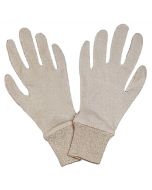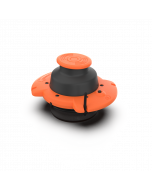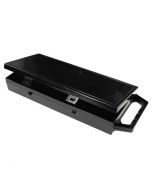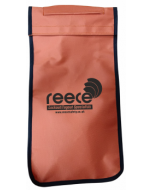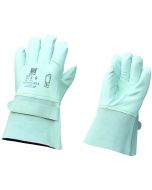Latex Class 0 Electrical Gloves (1000V)
Manufactured to EN60 903:2003 and CEI 60 903: 2002
PPE Category III = Irreversible risks


Due to the glove's natural latex base, these electrical insulating gloves offer you high dielectric characteristics and protection.
The Insulation of hands is determined by the class number and nominal supply voltage. At Class 0 these gloves are rated as PPE Category III for prevention against irreversible risks.
They should be worn in conjunction with a leather overglove for full mechanical protection.
Rubber insulating gloves are an essential product for electricians and maintenance personnel working with live electricity. This might include people servicing electrical vehicles or undertaking lockout tagout procedures.
- Fully insulating gloves each test stamped
- Class 0
- Manufactured to EN60903
- Pneumatic glove tester is available to carry out your own air inflation test as recommended by the EN60903 and IEC903 standards (for class 00 & class 0)
- Electrical re-testing service available for Class 1 and above gloves
- Mechanical resistance obtained with leather overglove
- High dielectric characteristics
- Ergonomic shape
- Lightly powdered
- Easy to slip on and off
- Natural latex base
- Length 360 mm length by 1mm thick
- Category AZC
- Various sizes available
- Cut Edges
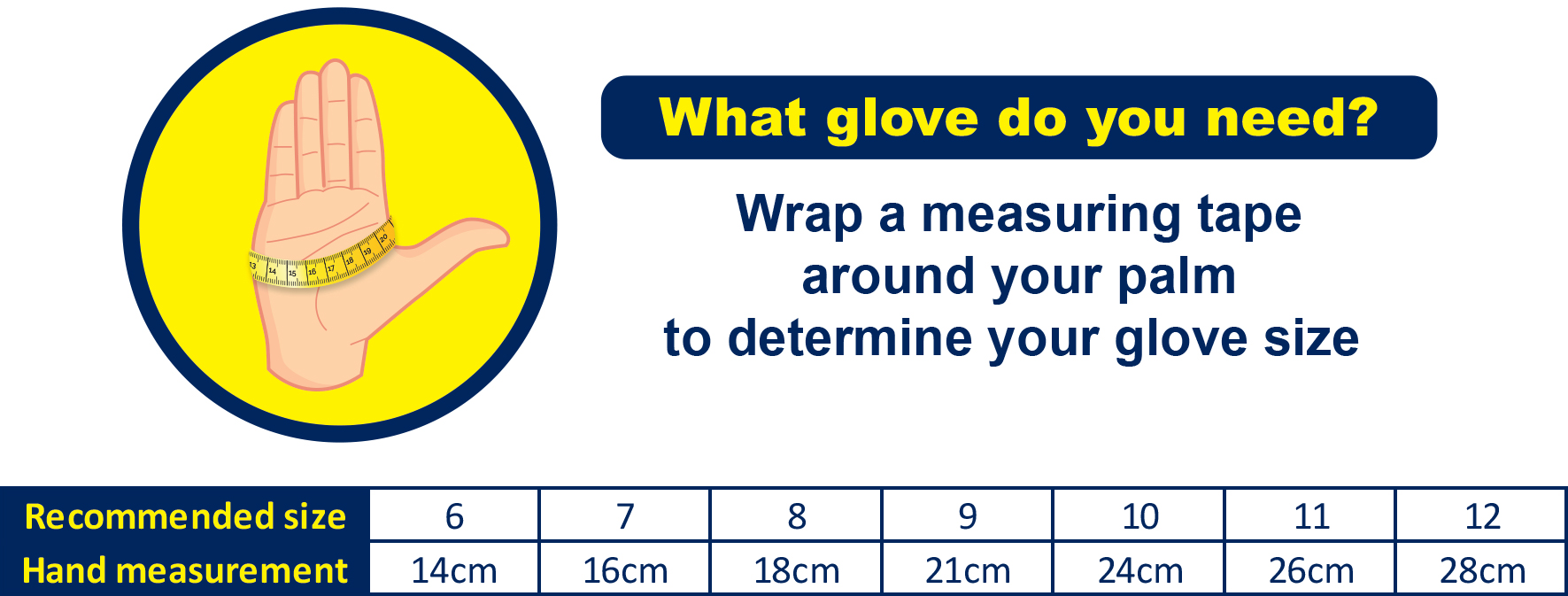
How long do the Latex insulating gloves Last?
As the purpose of these gloves is to provide a high level of protection against potentially high voltages, it is important to check the integrity of the gloves as much as possible. The following is recommended:
- Class 00 and Class 0: These gloves are suitable for use as long as they have not been physically damaged. If they have been damaged (for example cuts and nicks) we would recommend immediate replacement. A simple air test (using a pneumatic glove tester or simply blowing in air and twisting the sleeve to check for leaks)
- Class 1 and Higher: These gloves must be visually inspected and tested, with a dielectric test, for suitability every 6 months from the date of manufacture onwards. The manufacturing date can be found on the product packaging.
 UK
UK US
US












